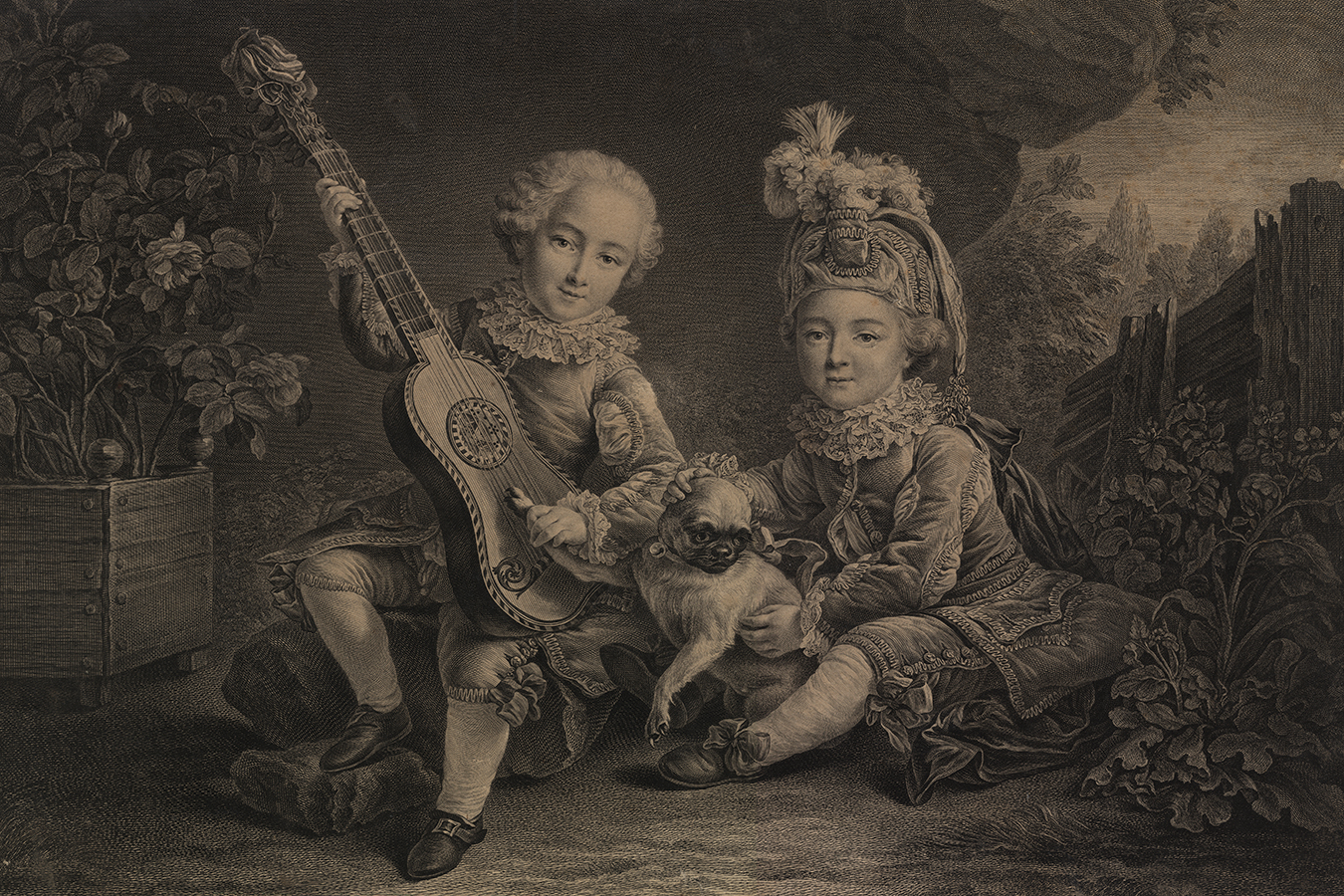Restoring & Appraising

My personal collection includes some fine 18th- and 19th-century guitars, as well as an important iconographical fund. It is composed mostly of engravings (some of which do illustrate this website), but also old photographs, books and documents relating to the instrument.
The collection is open for visits by researchers, players and fellow luthiers (on appointment only). It is located in a small village in southern Burgundy, near the very touristic little town of Cluny (which, a millenium ago, hosted the world's largest abbey).
30 years after my first guitar repair, I have restored hundreds of historical guitars from a great number of makers, ranging from prominent, like Pierre René Lacote, Georg Stauffer or Antonio de Torres, to anonymous. I work for players and collectors from all over the world, but also provide historical guitars to public collections. The latter include the "Musée de la Lutherie et de l'Archeterie Francaises" in Mirecourt - the traditional centre of instrument-making in France -, or the "Hochschule für Musik" in Basel (Switzerland).


... a document which has to be preserved, precisely because it was altered the way it was. And there goes one golden rule.
Still, the craft and trade are in desperate need of rules, or - better -, of some basic, well-respected principles. Even though reality sometimes strikes back and faces the craftsman with a choice between two wrongs. Sometimes, this particular job is not about just rendering a paid-for service to make a living, but about taking a step back. One of the hardest tricks of the trade, is to rein a customer's expectations and make comprehensible, that in the absence of an immediate good solution, the best course of action may well be no action.
My priority is the respect of the original condition, but as an experienced restorer, I am painfully aware of the limitations of any golden rule. Take for example this beautiful guitar by Renault & Chatelain (see below), built in Paris in 1780, and transformed by Lacote for no one less than Napoléon Coste (who left dry-point signatures on some of the changed parts). French post-baroque guitars are beautiful and historically relevant as they are - but altered as it is, the instrument below has become a unique, and even more important document...


A restoration project starts with an expertise and evaluation of damages, resulting in a detailed estimate. My estimates are binding, meaning that the final invoice always matches the foregoing estimate. A payment of 30% of the total sum is due upon approval, another 30% once the restoration process is halfway through, and the final 40% upon delivery. No exceptions.
Written estimates are charged 2,5% of the estimated value of the instrument, with a minimum charge of 80 Euro.
I buy only very few instruments, but frequently act as an intermediary in matters of selling and buying historical guitars.
I don't share an up-to-date inventory of my historical guitars here, because most of them are not for sale anyway. But a selection of available instruments can be found under the tab "Guitars for sale".
Some guitars are also presented in my eBay-shop (although it is dedicated rather to my publications). And in any case, if you are looking for a historical guitar, you are welcome to check back with me directly. Whether you are searching for a particular type of instrument or need some help to narrow down your search with regard to a specific repertoire choice, I can be of assistance.


This Lacote is just one out of far too many examples. Despite of the extensive damage inflicted to it, I have aimed to respect a basic rule, which is to save as much original substance as possible. In this case, although it would have been simpler to change the sides completely, I kept the original ones.
The idea of preserving original substance has yet to be relativised when it comes to "wearing parts": upper and lower nuts, frets and sometimes even the pegs. If the final aim of restoring a musical instrument is its long-term conservation, then playability can be more than just a by-product: a well- sounding, perfecty playable instrument, is much more likely to be cherished by its owner, and thus taken care of. Hence the concept of wearing parts - such which might be renewed or adapted to a player's needs.
But playability alone can not be the measure of all things, neither. Some instruments just need to be preserved and respected as historical documents, but kept of the playing field.
Restoration is never a simple matter, but with experience, most problems become reaonnably manageable, especially if the encountered damages are due to "natural causes" (shrinkage, deformations, purposeful use etc.).
Things tend to get messy, when, as a repairman, you are facing a poisoned heritage. Be it by lack of knowledge or by lack of respect, in a majority of cases, the worst of damages have been caused by human intervention.

